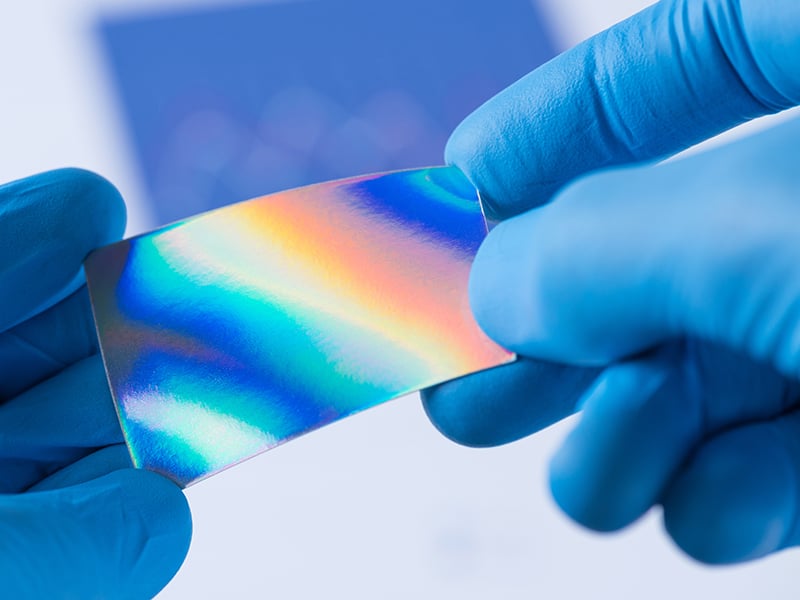Materials Science Research
Characterization and compositional analysis of substances like metals, ceramics or plastics that are part of any application—including space science, defense technology or any other kind of technology or product—are key in material science. X-ray technology can investigate elemental composition and layer thickness by X-ray fluorescence (XRF) in semiconductors or other new materials. X-ray diffraction and scattering are primary techniques to study crystalline phases, their degree of crystallinity or crystallographic structure and orientation, texture or residual stress. XRT (X-ray topography) investigates crystalline defects in advanced materials like semiconductors, and X-ray reflectometry (XRR) measures layer thicknesses, roughness and interlayer diffusion. Associated diffuse scattering methods like SAXS examine the nature of the molecular structure of films, coatings and layers or particles in disciplines like biology, chemistry, physics, and engineering. Rigaku advanced technology and experience provide a variety of non-destructive, state-of-the-art analytical solutions and services for your materials.

Application notes
Explore the example analyses to see which analytical technique is right for you.
Recommended products
Not seeing what you are looking for? Try Product Finder.

Contact Us
Whether you're interested in getting a quote, want a demo, need technical support, or simply have a question, we're here to help.

Subscribe to a Rigaku Newsletter
Stay up to date with the latest Rigaku news!
